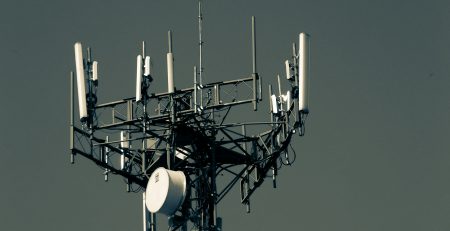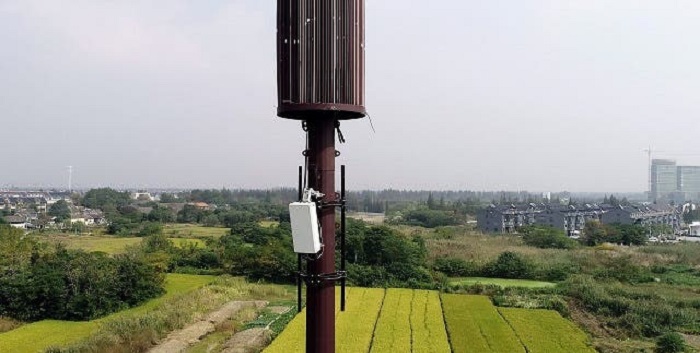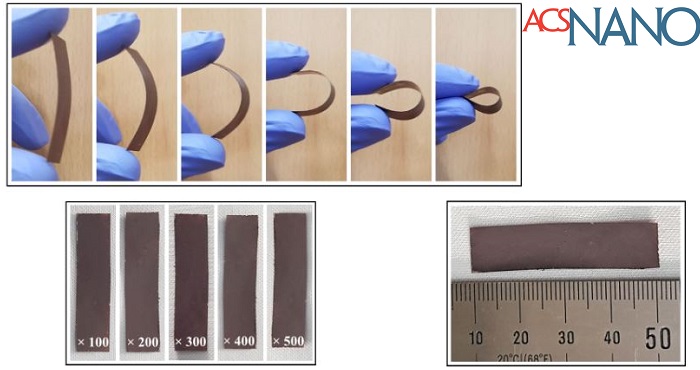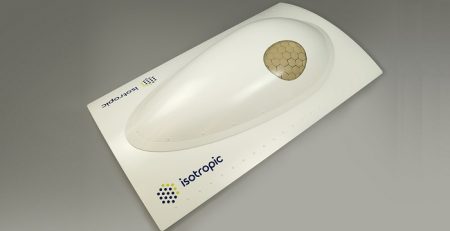Simple Ways to Boost Signal with the Best Radio Antenna Setup
Understanding How Radio Antennas Work
 What Makes a Radio Antenna Successful
What Makes a Radio Antenna Successful
The ability of a radio antenna to work depends on some fundamental aspects: frequency range, gain, polarization, and impedance. A great antenna equates to the frequency of the signal for efficient sending or reception. Gain is a measure of how efficiently the antenna focuses energy in the direction of propagation, making the signal more potent. For example, the OBH-20320 Broadband dual ridged horn antenna gains a maximum of 15dBi in higher frequencies. This makes it appropriate for high-demand applications like 5G communication, satellite communication, and EMC testing.
Polarization also comes into play. Linear or circular polarization is utilized by the majority of radio antennas. Linear polarization circular polarization(Cavity backed spiral antenna) is utilized by our RF antennas, which is appropriate for the majority of communication setups. Energy flows smoothly between devices and the antenna with the aid of impedance matching, usually 50 ohms.
The Role of Radio Waves Antennas in Signal Reception
Radio waves antennas connect radio waves in the air to electrical signals on your devices. They pick up radio waves and translate them to signals your radio can understand. An example is the OBC-1060-20W-1 Biconical EMC antenna. It’s used in most wireless systems, and specially used for EMC testing.
Choosing the Best Radio Antenna for Your Needs
Indoor vs. Outdoor Antennas
Selecting the right radio antenna is a choice between indoor and outdoor antennas. Indoor antennas are easy to install. They are ideal for urban areas with strong signals. Outdoor antennas offer stronger reception. But they take more work to install.
If you need long-distance reception or live in a country area, use an outside model. A pole antenna of high-performance, built for harsh use with a wide band frequency (30MHz – 600MHz), is suitable.
 Key Features to Look For in the Best Radio Antenna
Key Features to Look For in the Best Radio Antenna
When shopping for radio waves antennas, focus on these must-have features:
- Frequency Range: Make sure it covers the frequencies you need.
- Gain: More gain means a stronger signal.
- VSWR: A lower Voltage Standing Wave Ratio (VSWR) cuts down signal reflection.
- Durability: This matters a lot for outdoor use.
- Connector Type: Check that it fits your equipment.
The OBH-08180 Broadband dual ridged horn antenna has a frequency range of 0.8–18GHz, a typical VSWR of 1.5:1, and gain from 5–14dBi. It’s super flexible for many uses.
Easy Tips to increase Your Signal Strength
Positioning Your Antenna for Better Reception
How you position your radio antenna can really make a difference in the quality of signals. Try positioning it near a window or an elevated surface. Keep it away from walls or furniture that might interfere with the signal. For outside antennas, place them as high as you can, like on a roof or mast..
Direction matters too. Some antennas work best when pointed at the signal source. For instance, waveguide flares act as sectoral E-plane horns to boost signal spread. Proper alignment can make a big difference.
Avoiding Common Signal Blockers at Home
Household stuff can mess with radio signals. Metal items, thick walls, or gadgets like microwaves and routers can weaken reception. Try to keep your antenna setup clear of these things.
If your indoor signal stays weak even with good placement, think about using an external or rooftop antenna. These can dodge indoor obstacles.
 Simple Upgrades That Make a Difference
Simple Upgrades That Make a Difference
Using Signal Amplifiers with Radio Waves Antennas
Adding a signal amplifier can really help weak signals reach your receiver. This is super helpful when using long cables, which can lose signal strength. Amplifiers work great with strong antennas like the Broadband dual ridged horn antenna, covering 5.8–20GHz with gains from 17–23dBi. They boost performance over long cable runs.
Replacement with a Better Cable or Connector
Sometimes, a significant improvement to signal quality can result from swapping an older coaxial cable or connector. Choose low-loss cables and connectors based on your antenna specifications. As an example, N-Type connectors are typical on high-quality antennas like the OBH-08180 Broadband dual ridged horn antenna with an N Type connector.
Maintenance and Troubleshooting Fundamentals
Keeping Your Setup Clean and Running
Dust or rust can compromise antenna performance in the long term, especially in outdoor environments. Inspect cables and connections for wear and corrosion regularly. For metal antennas, like RF Horn antennas made using AI or Cu material, clean them regularly to maintain conductivity and avoid signal loss.
Also, look at mounting brackets. Loose ones can shift the antenna and lower performance without you noticing.
Quick Fixes for Weak or Dropped Signals
If your signal drops suddenly:
- Check all cable connections.
- Restart your receiver.
- Move the antenna a bit.
- Swap out old cables if needed.
- Use a signal meter to find weak spots, if you have one.
If these are not addressing the problem and your gear is old, it might be time to upgrade. New antennas, such as the OBS-10180 cavity-backed spiral antenna, that operate from 1 GHz to 18 GHz have high compatibility and great performance on many bands.
By understanding how radio waves antennas work and tweaking their setup with smart choices and small upgrades, you’ll get your radio system working at its best!
FAQ
Q: What is the gain in a radio antenna?
A: Gain shows how well an antenna directs energy compared to a basic source. Higher gain usually means better reception over long distances.
Q: Can I use any cable with my radio antenna?
A: Not always. Pick low-loss cables that match your connector type, like N-Type, for the best results.
Q: Do I need an amplifier?
A: If you have long cables or weak signals, an amplifier can make a big difference.
Q: What’s better—indoor or outdoor antennas?
A: Outdoor antennas usually work better because they face fewer obstacles. But they need more setup. Indoor antennas are easier but might deal with interference.
Q: How often should I check my setup?
A: Look at it every few months. Or check right away if you notice problems.

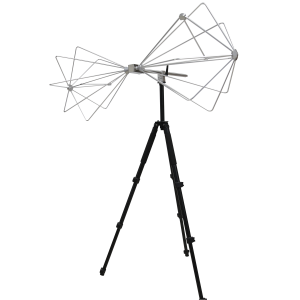
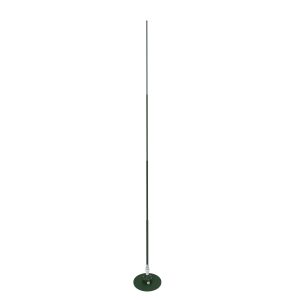 Key Features to Look For in the Best Radio Antenna
Key Features to Look For in the Best Radio Antenna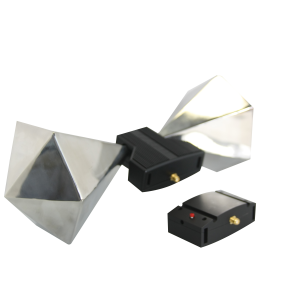 Simple Upgrades That Make a Difference
Simple Upgrades That Make a Difference